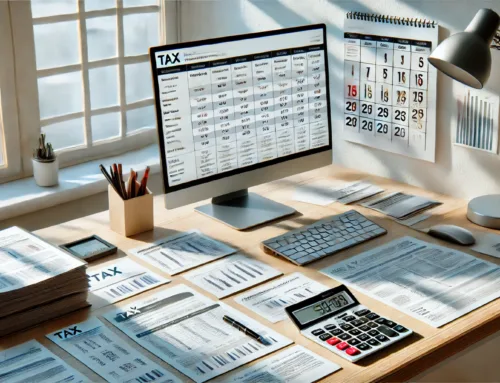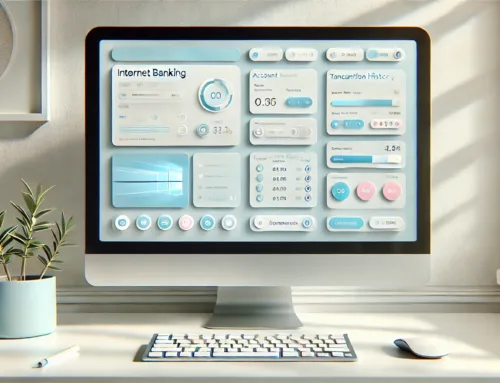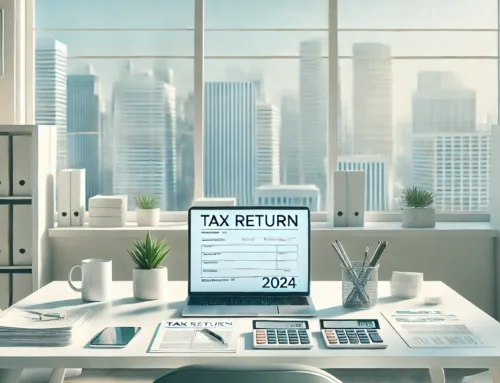Goods and Services Tax (GST) is a value-added tax of 10% on most goods and services sold or consumed in Australia.
As a small business owner, you must understand how GST works and how it might affect your business. This guide will provide you with an overview of GST and some useful tips on complying with GST for small business requirements.
What are the items Exempt from GST tax services?
There are a few items that are exempt from GST. These items include:
- Some Health services
- Some Education services
- Some Childcare services
If you’re unsure whether a particular item is exempt from GST, you can contact the Australian Taxation Office (ATO) for more information.
Who should register for GST?
If your business has a turnover (or projected turnover) of $75,000 or more in a 12-month period, you must register for GST.
Or if your business does not meet this turnover threshold, registration is voluntary.
Also if you are registered for GST, you must charge GST on all taxable supplies you make. You will also be required to complete a business activity statement (BAS), which must be lodged with the ATO every month or quarter based on your turnover.
It’s important to note that rideshare drivers, who are also considered to be running their own businesses, are expected to be registered for GST from the first dollar they earn. The income threshold does not apply to them.
How do I register for GST for small businesses?
Before you register for standard GST, you need to have an Australian business number (ABN) which you can get when you first register your business name or at a later time.
Once you have an ABN, you can register for GST:
– via Online services for business
– by phone on 13 28 66
– through your registered tax agent or BAS agent
– by completing the Add a new business account (NAT 2954) form.
You can also register your new business by completing and submitting the Business Registration form (PDF) by post.
You will also need to provide your bank account details, so the ATO can pay your GST refunds,
if any.
What if you don’t register for GST?
If you are not registered for GST and are required to, you may have to pay GST on sales made since the date you were required to register. This could happen even if you didn’t include GST in the price of those sales.
You may also have to pay penalties and interest.
How do you pay GST to ATO?
You must report and pay the GST on your business activity statement. You can do this by filing your GST return and paying the GST using a credit card, debit card, or through BPAY. If you lodge online, you can also pay using a payment reference number.
The Bottomline
GST for small businesses in Australia is a very important topic. If you’re a new business owner and estimate your turnover to reach the threshold in the first year, it would be prudent to register for GST early on. All other businesses that have already registered for GST have the obligation to charge GST on taxable supplies and lodge BAS statements every month/quarter.
TaxLeopard offers simple tax solutions for self-employed individuals. Download our app and we can get your GST registration done free of charge and sort out all your tax obligations at leopard 8speed!





